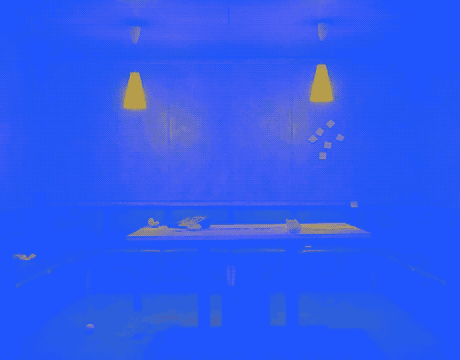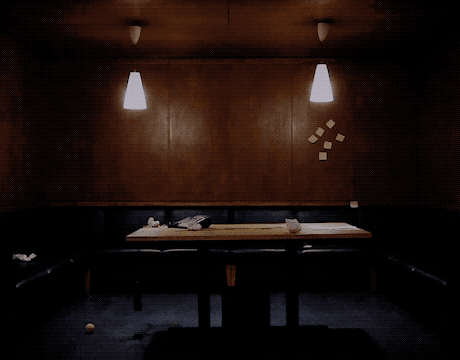YEAR 2016
"Nothing is created, nothing is destroyed, everything is transformed. "
——— Antoine Laurent Lavoisier
Like the platonic demiurge who shapes matter by looking at the world of ideas, so the lutist, starting with an inert material, gives him a form and impresses his passion, giving it a new life in the form of a bow instrument. It’s this passion to make the artisan's work unique by differentiating its production from the industrial one. Likewise, the musician, through the continued use, influences the structure of the bow instrument, making the voice to evolve and making it even more unique.
The small community of Marineo is located in the mountains south of Palermo, nestled beneath impressive rock formations. Here, the carpenter and violin maker Walter Cangialosi has his studio. Walter had dreamed of this career since he was a young boy. He began his apprenticeship with a carpenter at an early age. For his 12th birthday, Walter gave himself a special gift: he carved a Pinocchio statue out of wood, which he still carefully preserves on his workbench. He happily agreed with me when I jokingly called him "Marineo's Pinocchio."
Walter Cangialosi has long been involved in the reproduction of historical musical instruments. A few years ago, he crafted a traditional stringed instrument inspired by one he discovered in a fresco by Simone Martini in Assisi, depicting the life of St. Martin. His instruments correspond to the details of the painted models. Proudly, he retrieved the hand-drawn construction drawings from the drawer and took another sip of his favorite yellow liqueur (Eupepton). The reproduction of the historical lute caused quite a stir at the time, even beyond Marineo. A German musician heard about it and accompanied a journalist who wanted to report on it. After some time, a magazine arrived from Germany. Although Cangialosi cannot read German, his eyes sparkle with enthusiasm as he shows us the article.
What interests Walter Cangialosi as a violin maker? While it may seem like an unnecessary question, a possible answer becomes apparent at a regularly held family event: Once a week, Walter, his wife, his daughter, his siblings, and a nephew gather to make music together. They are all excellent musicians, each capable of playing one or more instruments. When Walter's nephew Ciro and I arrived, they were already sitting together, chatting in Sicilian dialect. Their instruments are also Sicilian, as are the traditional folk songs they sing along with.
Unfortunately, Walter's hospitality made it a bit difficult to capture our photos and videos, especially our interviews and audio recordings. Throughout the day, acquaintances, relatives, neighbors, and customers come to the workshop. Some people drop by while taking their dogs for a walk, some bring equipment for repair, and others just come to chat, often bringing cake and wine. When visitors were in high spirits, they would often ask Walter to play a ditty. Since Walter could never refuse, his studio was never short of visitors, alcohol, laughter, and music.




